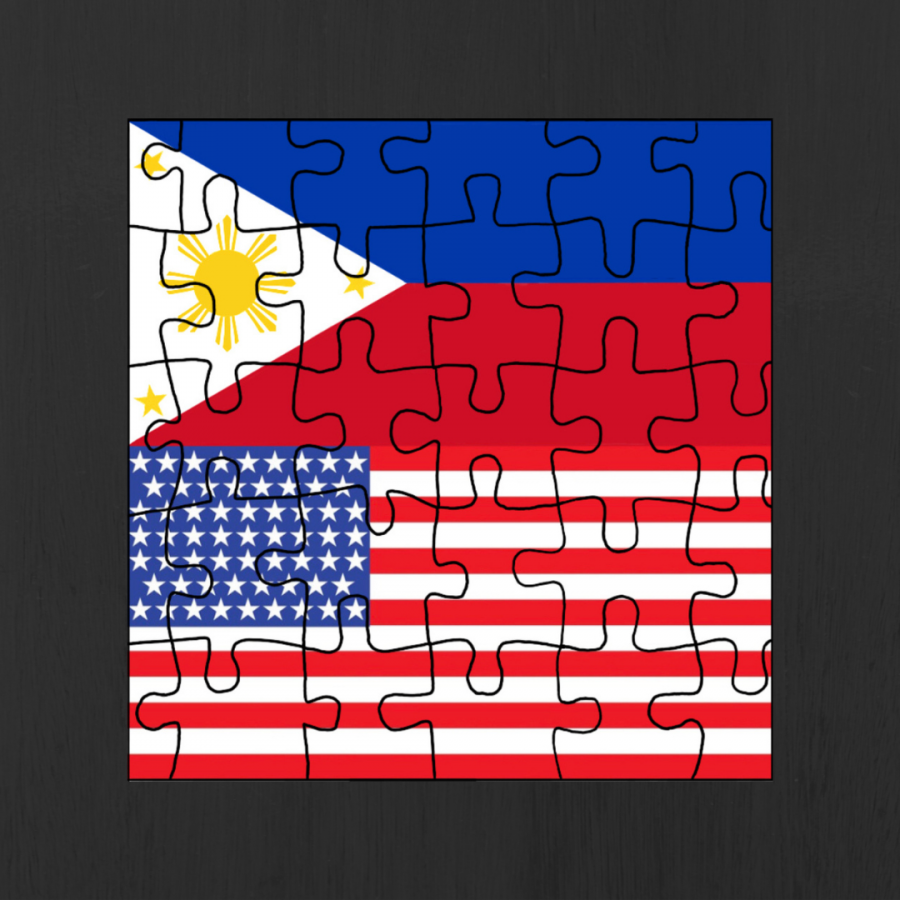Celebrating Filipinx Heritage: It’s not just one month
The Filipinx community in the United States has contributed much to American society. Filipinx American History Month aims to highlight all that they have done and are doing.
Filipinx American History Month is a month that celebrates all that the Filipinx community has contributed to American society. This year, the Filipino American National Historical Society has chosen to highlight Filipinx American Activism. October was purposefully chosen to align with Oct. 18, 1587, the first recorded presence of Filipinos in the continental United States.
Although October has been dedicated as Filipinx American History Month since 1992, junior Kayla Isaac, who identifies as Filipina, wasn’t made aware of it until the beginning of high school. Her family doesn’t discuss history months.
“It’s not something for me [where I think] I’m going to take this one month to celebrate my history and culture,” she said.
Isaac describes the celebration of her culture as “a year-round thing for [her].”
She says she constantly takes the time to incorporate her Filipinx heritage into everything she does. She educates herself about her history and, in school history projects, she always tries to center her assignments around her heritage.
Another key part of Isaac’s connection with her culture is her family. She used to live on the East Coast, surrounded by the rest of her Filipinx family. Although she lives in Portland now, Isaac still keeps a strong connection with her family and comes to them with questions about her culture.
“My aunt always reminds me of the importance of learning about my culture,” she said.
Critical Race Studies teacher Jessica Mallare-Best, who is ethnically both Filipina and German, has a different story.
“I feel like there’s this misconception that, because I identify as Filipina, I am somehow rooted in this other culture,” she said.
Mallare-Best was raised by her white mother in a white household, but had a long lasting relationship with her paternal grandmother from the Philippines.
Mallare-Best says she has struggled to accept her identity as a mixed person and is viewed as a perpetual foreigner.
“There are constant reminders that I don’t look like I belong here,” she said.
She describes being mixed as feeling as though she is too much of one thing, or too little of the other. She has always felt pride in her family, but, until her late twenties, didn’t feel pride in herself.
“I am trying to learn more about that culture, but it is not my cultural framework,” she said.
Through learning and teaching Filipinx history, Mallare-Best has found many things that increased her pride in her culture.
“Filipinx people have contributed in all facets of life,” she said.
The military, farming industry and social justice movements have all been greatly impacted by the Filipinx community. The United Farmworkers Movement, commonly credited to Cesar Chavez, originated from Filipinx farm laborers in California. In addition, Best says signs commonly seen at Black Lives Matter protests include “Filipinos for Black Lives,” and “Asians for Black Lives.”
“We have a rich history of resistance,” Mallare-Best said.
This month, Mallare-Best is adding more Filipinx American history into her Critical Race Studies classes.
Isaac is taking extra time to learn and work for her Filipinx community. She is working for the Asian Pacific American Network of Oregon to register voters, following Filipinx activists on social media and attending presentations by the Filipino National American Historical Society.
“I am dedicated to fighting for Filipinx people,” Isaac said.
Both Isaac and Mallare-Best expressed that the most important message is that Filipinx people have done so much for American society and deserve to be recognized.
“We are here,” they said.

